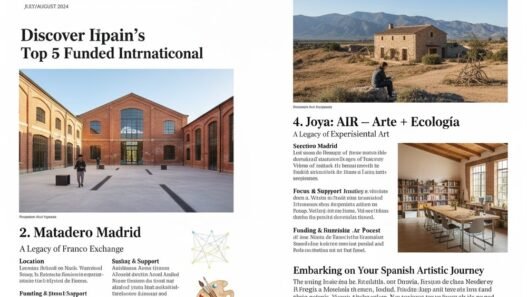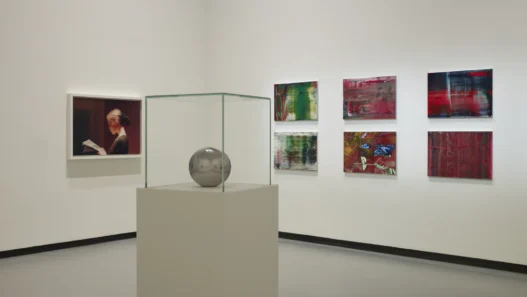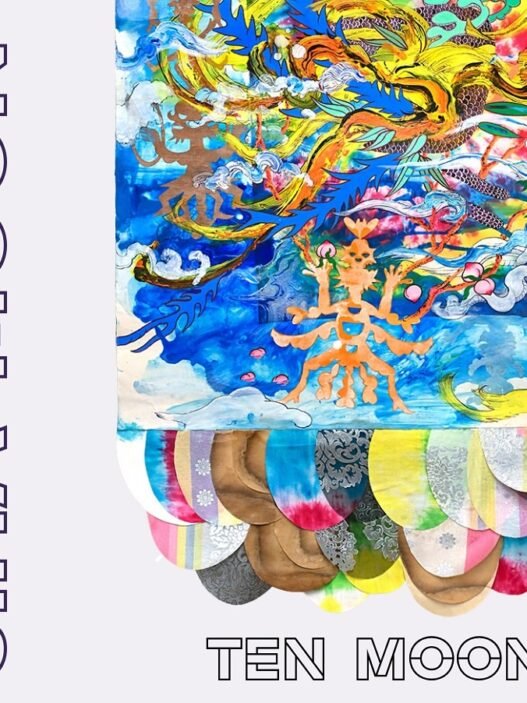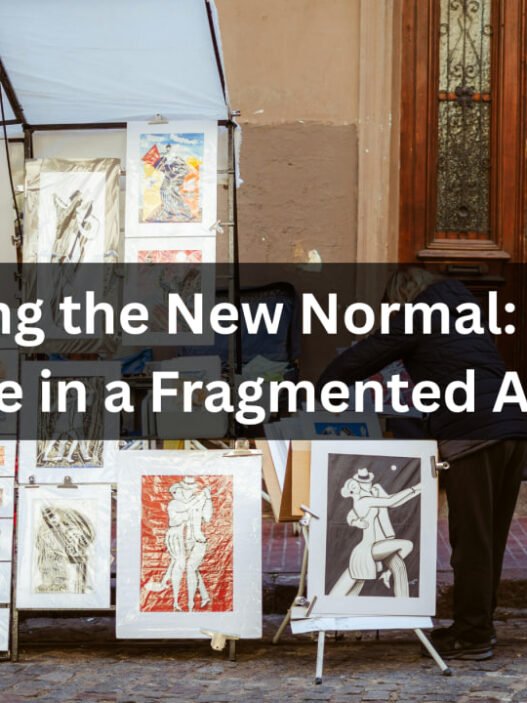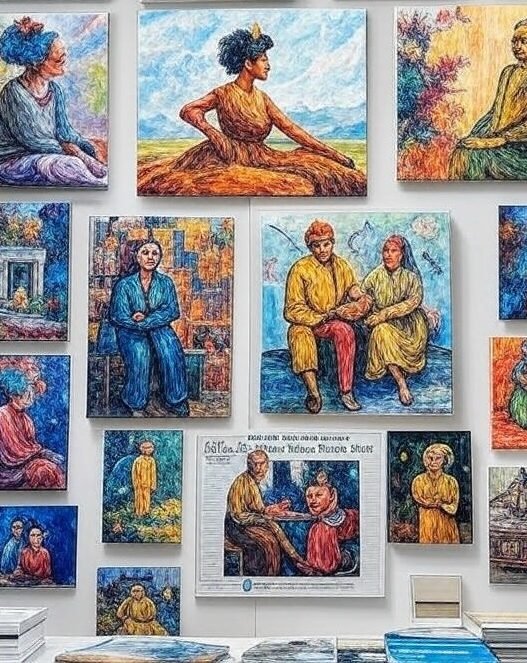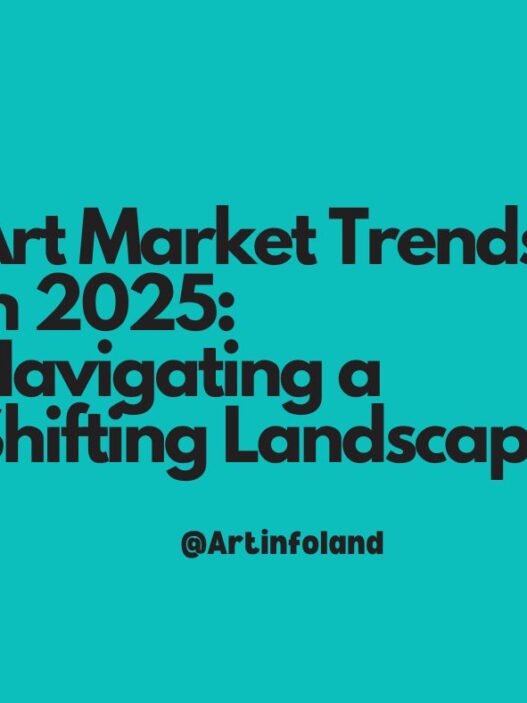In a world dominated by digital innovation and economic uncertainty, the art scene is witnessing a heartwarming resurgence: the Craft Revival. As of September 2025, textiles and heritage-inspired works are reclaiming their place, blending tradition with contemporary flair. This movement, driven by sustainability and a yearning for tactile authenticity, is reshaping how artists create and collectors engage. Here’s why this trend is capturing the art world’s imagination.
A Return to Roots
The Craft Revival emerges as a counterbalance to the fast-paced, tech-heavy art market. Artists are turning to textiles (think weaving, embroidery, and natural dyeing) alongside heritage crafts like ceramics and basketry. This shift reflects a cultural pivot toward sustainability, with materials like recycled fabrics and organic threads gaining prominence. The Okayama Art Summit (September 26 – November 24, 2025), directed by Philippe Parreno, showcases textile installations that degrade naturally, turning impermanence into a powerful statement.
Driving Forces
Sustainability is a key catalyst. As climate concerns mount, eco-conscious artists are embracing biodegradable works, appealing to a growing green audience. Heritage plays a vital role too, with traditional patterns from India, West Africa, and Scandinavia reinterpreted through a modern lens. The Paris Tribal Fair, ongoing this month, highlights African textiles that fuse ancestral motifs with innovative design, drawing collector attention. The tactile nature of these pieces offers a sensory escape from digital overload, resonating deeply in today’s image-saturated age.
Standout Examples
In Jaipur, artists at the Jaipur Center for Arts’ “Non-Residency” exhibition (ongoing until September 15) are using AI to prototype traditional block-print patterns, then weaving them into physical masterpieces; a brilliant marriage of old and new. At the 36th Bienal de São Paulo (September 6 – January 11, 2026), Latin American textile artists weave indigenous narratives into modern fabrics, earning global praise. Even the market is responding: Sotheby’s recent auction saw a handwoven Moroccan rug soar to $150,000 (double its estimate) proving craft’s commercial pull.
Implications and Challenges
This revival democratizes art, elevating crafts once sidelined by Western markets, and supports local artisans, as seen at Tokyo Gendai (September 2025). Yet, X posts warn of mass production risks, urging ethical sourcing to preserve authenticity. Amid the art market’s 27% sales drop in 2024, this niche offers resilience, blending heritage with innovation.
The Craft Revival is more than a trend—it’s a bridge between past and future, inviting artists to explore sustainable paths and collectors to embrace the handmade. What inspires you about this movement? Share with Artinfoland Magazine’s community below!


